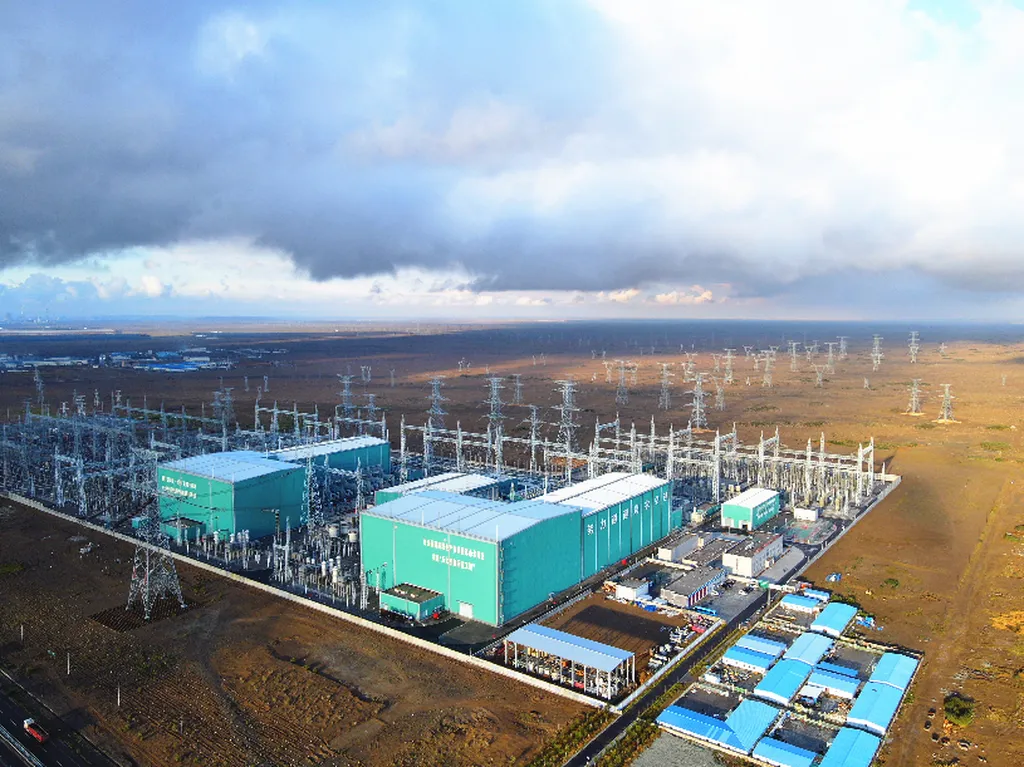In the realm of power transmission, a groundbreaking study led by XU Zheng from the College of Electrical Engineering at Zhejiang University in China is shedding new light on the fundamental characteristics and applications of DC power transmission. Published in the journal *Electric Power Construction* (Dianli jianshe), the research delves into the physical principles that underpin DC power transmission, offering insights that could revolutionize the energy sector.
DC power transmission has long been recognized for its efficiency and reliability, but this study takes a deeper dive into its inherent characteristics. According to XU Zheng, “Understanding these fundamental aspects is crucial for exploring novel applications of DC power transmission, especially in the context of new energy power systems.” The research identifies five key characteristics: frequency isolation effect, fault current isolation effect, unlimited transmission distance, significantly enhanced power transmission capability, and the absence of distributed capacitive current.
These characteristics form the basis for the various application modes of DC power transmission. The study establishes a correlation between these inherent physical traits and existing application modes, paving the way for expanded use of DC technology in future energy systems. “The strategic application of DC transmission technology within AC power grids can significantly enhance the operational performance of power systems,” XU Zheng explains.
The implications of this research are vast. As the world moves towards renewable energy sources, the need for efficient and reliable power transmission becomes ever more critical. DC power transmission, with its ability to handle large amounts of power over long distances, is poised to play a pivotal role in this transition. The study’s findings could lead to the development of more robust and flexible power grids, capable of integrating diverse energy sources and meeting the demands of a rapidly evolving energy landscape.
Moreover, the research highlights the complementary nature of DC and AC transmission technologies. Future power systems are likely to see an organic integration of both across all voltage levels, a development that could redefine the energy sector. As XU Zheng notes, “The inherent physical characteristics of DC and AC transmission technologies exhibit complementary relationships, offering a pathway for expanding DC technology applications.”
In conclusion, this study not only advances our understanding of DC power transmission but also opens up new possibilities for its application. As the energy sector continues to evolve, the insights provided by this research could prove invaluable in shaping the future of power transmission. The study’s publication in *Electric Power Construction* underscores its significance and relevance to the field, offering a glimpse into the exciting developments that lie ahead.

